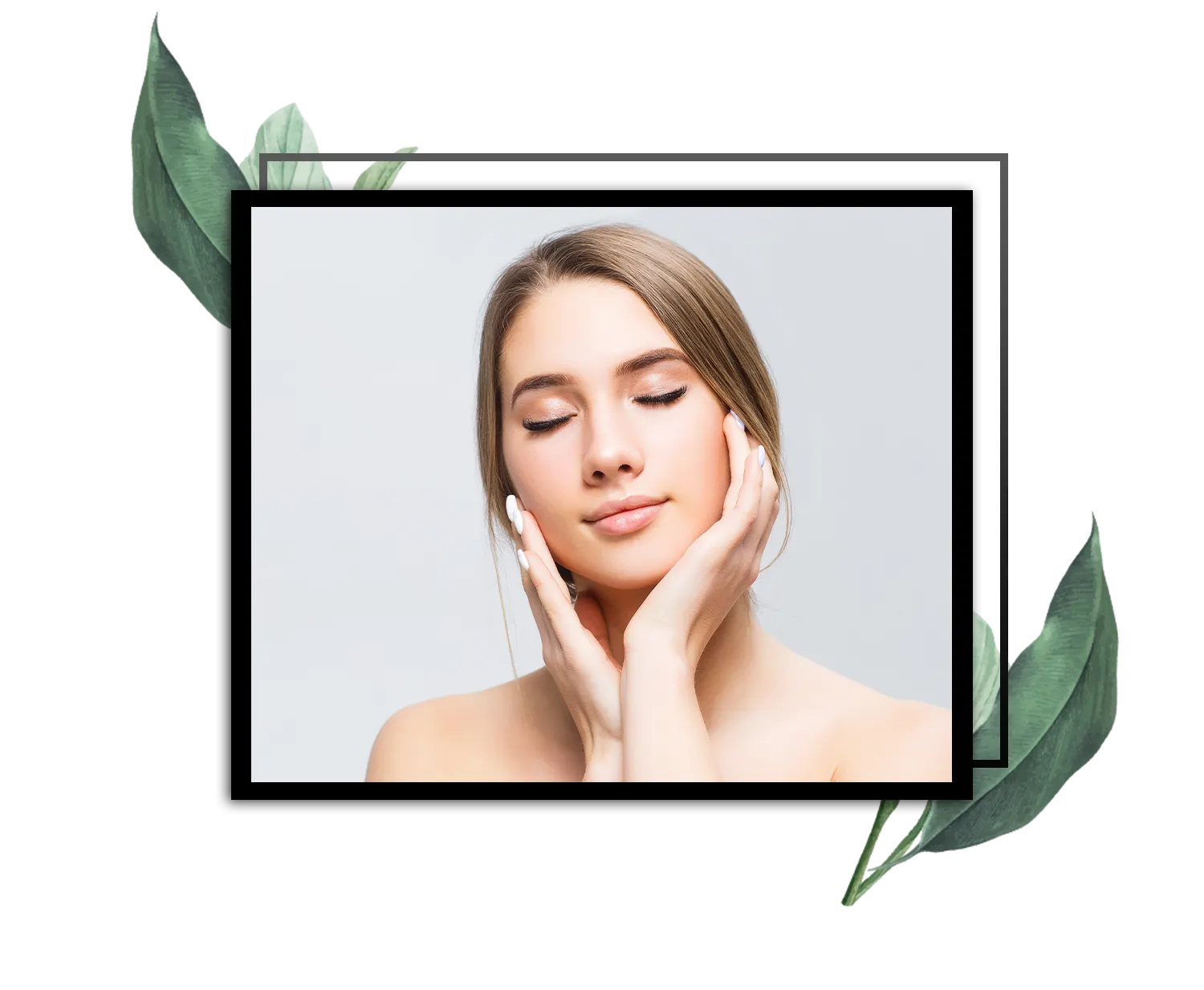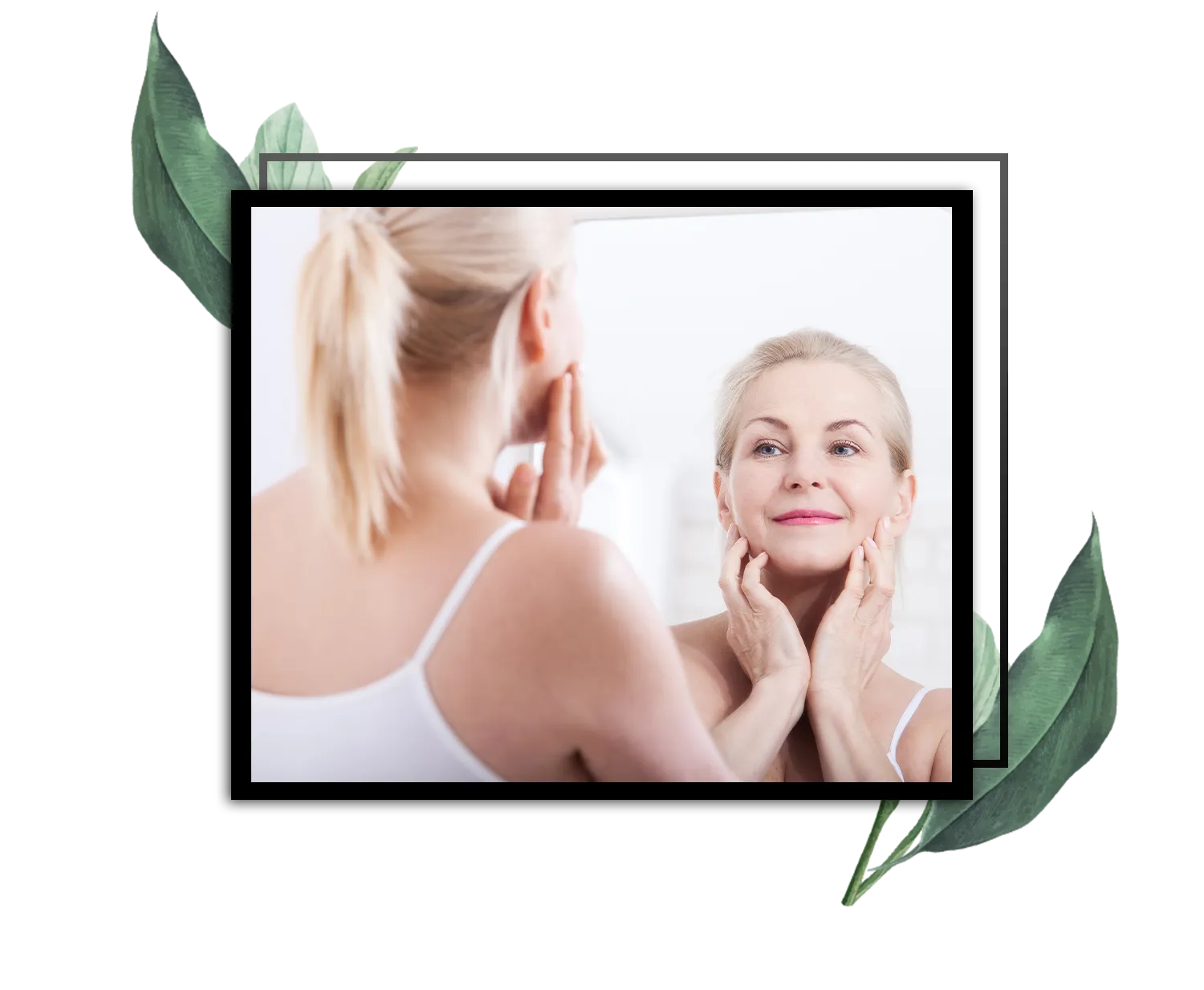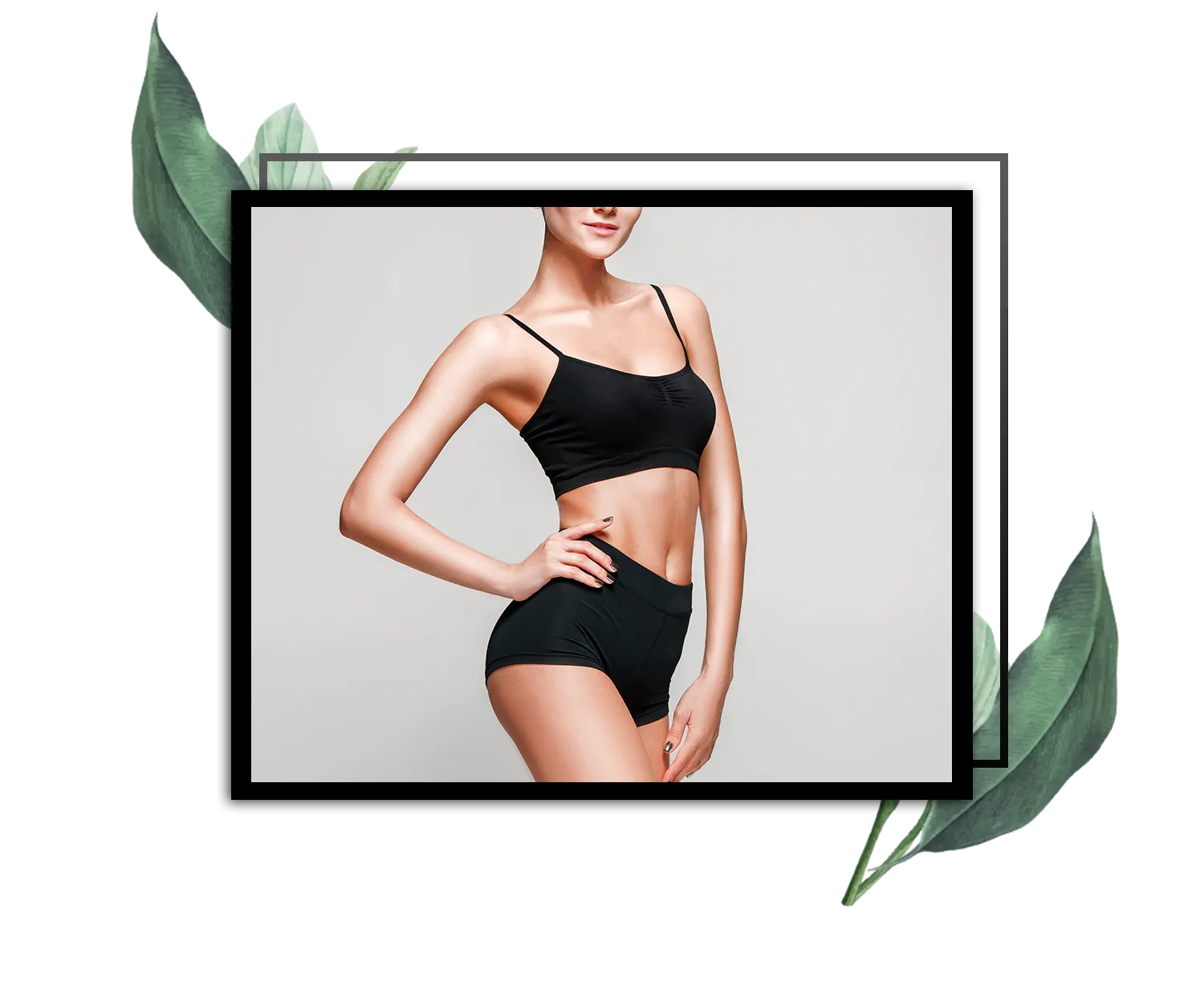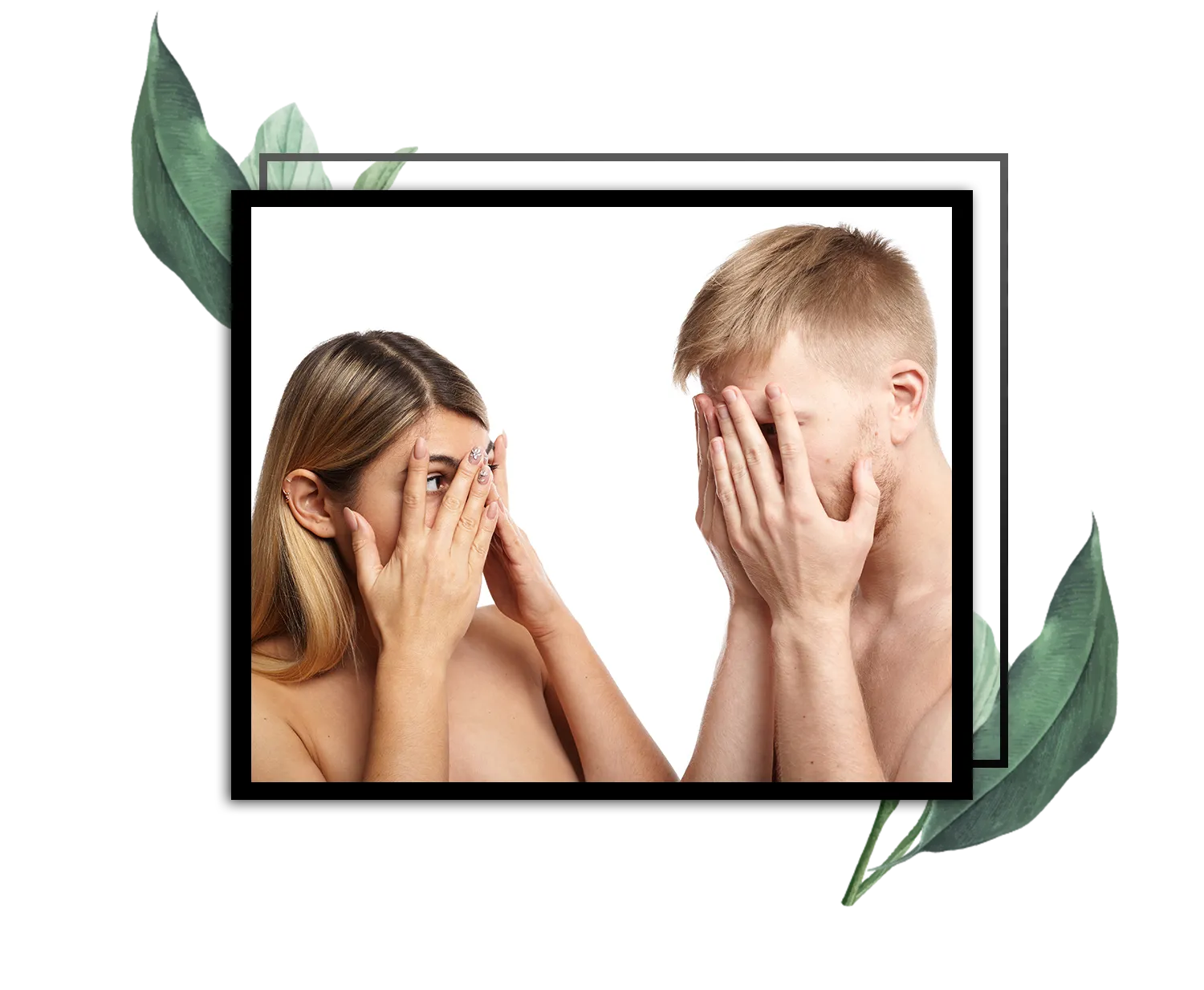- For hair growth, PRP stem cell growth treatment is one of the most popular treatment that can be recommended. The blood will be drawn and processed in other to gain the stem cell will then be injected into the scalp area to help with the hair loss, strengthen up the hair and also promotes new baby hair to growth. This treatment can be done at least once every 2 weeks. PRP injections trigger natural hair growth and maintain it by increasing blood supply to the hair follicle and increasing the thickness of the hair shaft. Sometimes this approach is combined with other hair loss procedures or medications.
- Platelet Rich Plasma, or PRP, is a popular cosmetic injectable treatment. This is due to its ability to naturally rejuvenate the skin and repair the signs of ageing by using our own platelet rich blood cells. The plasma component contains stem cells and growth rich platelets and when injected back into the skin, it accelerates the body’s natural production of collagen and elastin to provide overall skin rejuvenation.
- Dull and uneven skin can be treated with Platelet-Rich Plasma stem cell treatments. By injecting the stem cell into the skin, it will help to reduce the appearances of the scar and also, even out the skin to make it look brighter, glow and fairer.
- Platelet-Rich Plasma (PRP) also helps to reduces the visibility of stretchmark caused by pregnancy, sudden weight loss and many other causes. By doing it at least once every 2-3 weeks, you can see that the stretchmarks fade and reduced.
- PRP for acne scars has been found to be very effective in helping patients with various kinds of the marks left behind by breakouts. By inserting the PRP serum under the scars, it can stimulate the production of collagen in the underlying layers of the skin. In addition to restoring the flawless appearance of the skin, PRP can also work to prevent fresh breakouts.
- Stem cells treatment or PRP can help to promotes new skin cells for a brighter lip, for those who are experiencing dark lips caused by smoking, genetic and wrong products usage. By injecting the PRP into the lips, the stem cell will make the appearances of the lips become brighter and softer and less wrinkles. Not only you’ll have brighter lips, you’ll also get a youthful lip.
- Knee problems; for those who are experiencing knee joint ache, PRP stem cell treatment is the best and safest option than doing surgery. The PRP injection will give a natural lubricant to the knee joint so that you’ll have a rejuvenated and youthful knee without any major incision made.
- Stem cell therapy differs from PRP therapy in its complexity and controversy. In theory, it does a similar job, but in practice, it is much more advanced. Stem cells are precursor cells, which means their fate hasn’t been determined yet, so they can be molded into any type of cell required for healing soft tissue. The heart of the stem cell controversy is embryonic stem cells, which are the most potent, but need to be acquired directly from a human embryo. Found in both plants and animals, adult stem cells can be taken from various places in the body like fat reserves, bone marrow, or blood. These stem cells are commonly used in similar therapies as PRP: to heal injuries, repair damage in soft tissues, and, in the case of the cosmetic industry, regenerate cells for hair growth and skin treatments. These are rarely available for cosmetic use, despite their enormous potential in the medical world, which is where adult stem cells come in.
- PRP in combination with microneedling. “Microneedling creates controlled micro-wounds in the deeper layers of the skin that helps to stimulate collagen, reduce pore size, improve fine lines, and lightly tighten the skin,” says Dr. Emer. “These micro-wounds allow for products like serums, growth factors, and PRP to be pushed deep into the skin and stimulate the body’s own healing process. PRP is used to accelerate the healing process after lasers or peels as well as improve collagen production when paired with microneedling.
- +60 12-636 0170
- info@klinikfinesse.com









